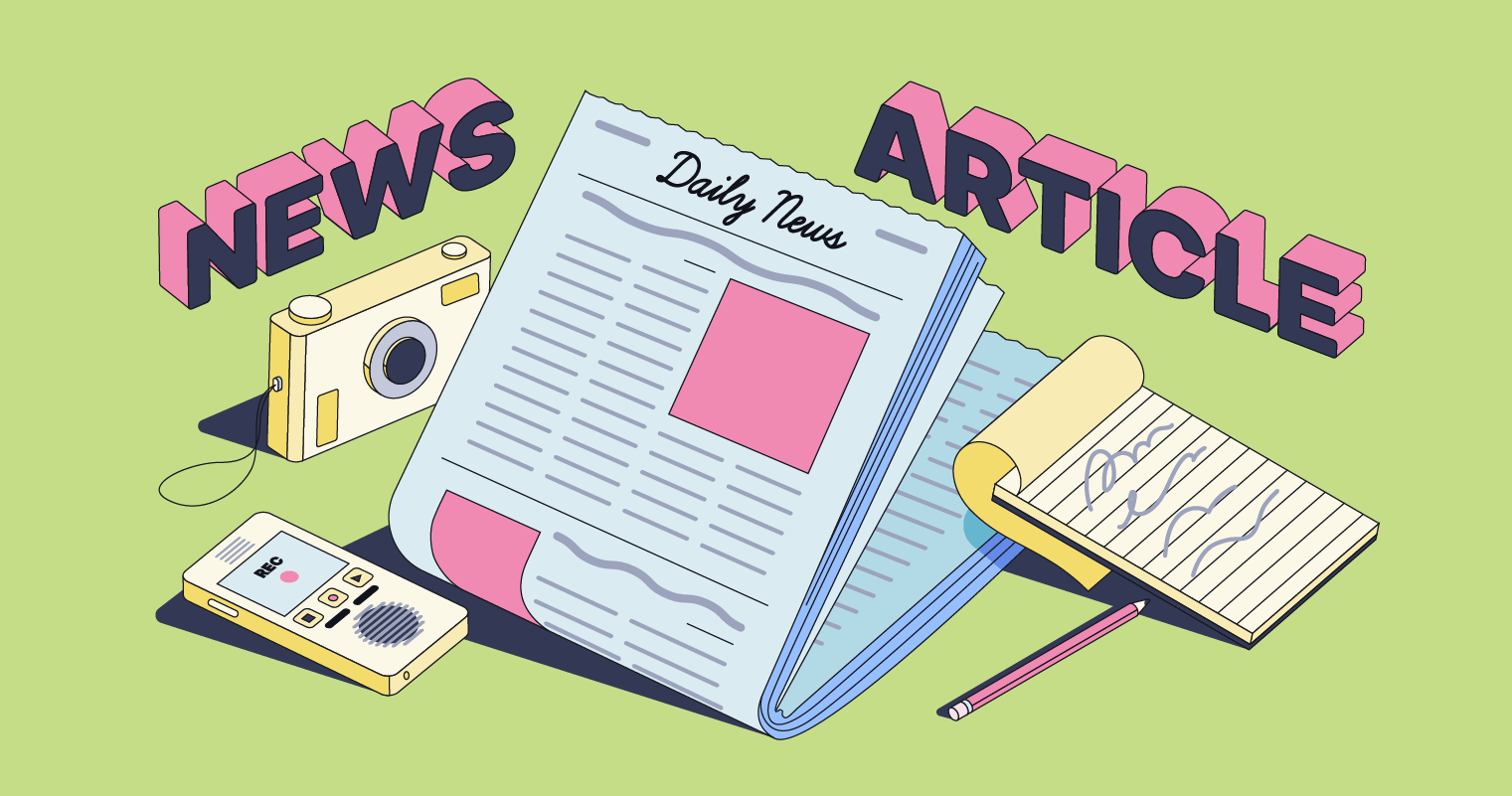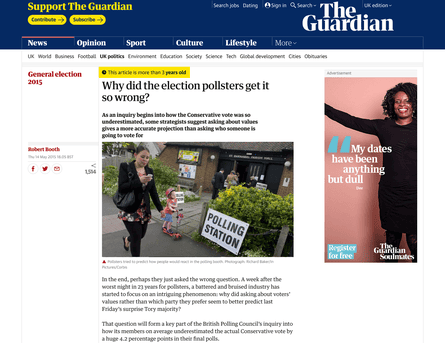Unknown Facts About News Articles
Unknown Facts About News Articles
Blog Article
Things about News Articles
Table of ContentsThings about News ArticlesThings about News ArticlesThe Ultimate Guide To News ArticlesLittle Known Questions About News Articles.What Does News Articles Do?
Good understanding of different subjects offers trainees an affordable side over their peers. Despite the fact that electronic and social media sites are easily available, we need to not forget exactly how important it is to check out the papers. Parents should attempt and inculcate the routine of reviewing a newspaper as an everyday regimen to proceed the legacy of the revered print tool.Information tales also consist of at the very least one of the following vital qualities relative to the intended audience: distance, prestige, timeliness, human rate of interest, peculiarity, or effect.
Within these restrictions, information stories also intend to be detailed. Among the bigger and a lot more reputable newspapers, justness and balance is a significant aspect in providing information.
Papers with a worldwide audience, as an example, often tend to utilize a more official style of composing. The particular selections made by an information outlet's editor or editorial board are frequently accumulated in a design overview; typical style guides consist of the and the US Information Design Book. The main goals of information writing can be summarized by the ABCs of journalism: precision, brevity, and clarity.
News Articles Things To Know Before You Buy
Generally, journalists will not use a lengthy word when a short one will do. They make use of subject-verb-object construction and vibrant, active prose (see Grammar). They use narratives, instances and metaphors, and they rarely depend on generalizations or abstract ideas. Information authors attempt to prevent utilizing the exact same word greater than when in a paragraph (occasionally called an "resemble" or "word mirror").
Headlines occasionally leave out the subject (e.g., "Leaps From Boat, Catches in Wheel") or verb (e.g., "Pet cat female lucky"). A subhead (likewise subhed, sub-headline, subheading, subtitle, deck or dek) can be either a subservient title under the primary headline, or the heading of a subsection of the short article. It is a heading that comes before the main message, or a group of paragraphs of the main message.

Extra signboards of any of these types might appear later in the write-up (especially on succeeding pages) to lure further reading. Such signboards are also utilized as pointers to the post in various other sections of the magazine or website, or as advertisements for the item in great site various other publication or sites. Normal structure with title, lead paragraph (summary in strong), various other paragraphs (details) and get in touch with details.

Instance of a hard-lead paragraph NASA is suggesting an additional space task. The budget plan demands around $10 billion for the project.
An "off-lead" is the second most crucial front web page news of the day. To "bury the lead" is to start the article with background details or information of secondary value to the viewers, forcing them to check out even more deeply into a post than they should have to in order to discover the crucial points.
The 7-Second Trick For News Articles
Typical use is that or 2 sentences go to these guys each create their very own paragraph. Journalists typically explain the organization or structure of a newspaper article as an upside down pyramid. The important and most fascinating aspects of a story are put at the beginning, with sustaining details adhering to in order of lessening relevance.
It enables people to explore official statement a topic to just the deepness that their interest takes them, and without the imposition of details or subtleties that they can take into consideration pointless, however still making that information available to more interested viewers. The upside down pyramid structure also makes it possible for posts to be trimmed to any approximate size during layout, to suit the area offered.
Some authors begin their stories with the "1-2-3 lead", yet there are several kinds of lead offered. A kicker can refer to several things: The last story in the information broadcast; a "happy" story to finish the show.
Longer write-ups, such as magazine cover write-ups and the pieces that lead the within sections of a newspaper, are called. Feature tales differ from straight news in numerous ways. Foremost is the lack of a straight-news lead, the majority of the moment. Rather of providing the significance of a tale up front, function authors may attempt to tempt readers in.
Some Known Factual Statements About News Articles
The journalist usually information interactions with interview topics, making the item more personal. A function's very first paragraphs typically associate an intriguing minute or occasion, as in an "unscientific lead". From the details of an individual or episode, its sight swiftly widens to generalizations about the tale's topic. The section that signals what a function is around is called the or signboard.

The Editor's Toolbox: A Referral Guide for Beginners and Professionals (2001) Allan M. Siegal and William G. Connolly. The New York Times Guidebook of Design and Usage: The Official Design Overview Used by the Writers and Editors of the World's The majority of Authoritative Newspaper (2002) M. L. Stein, Susan Paterno, and R.
Report this page